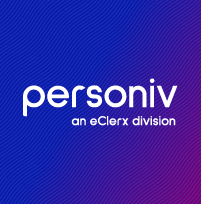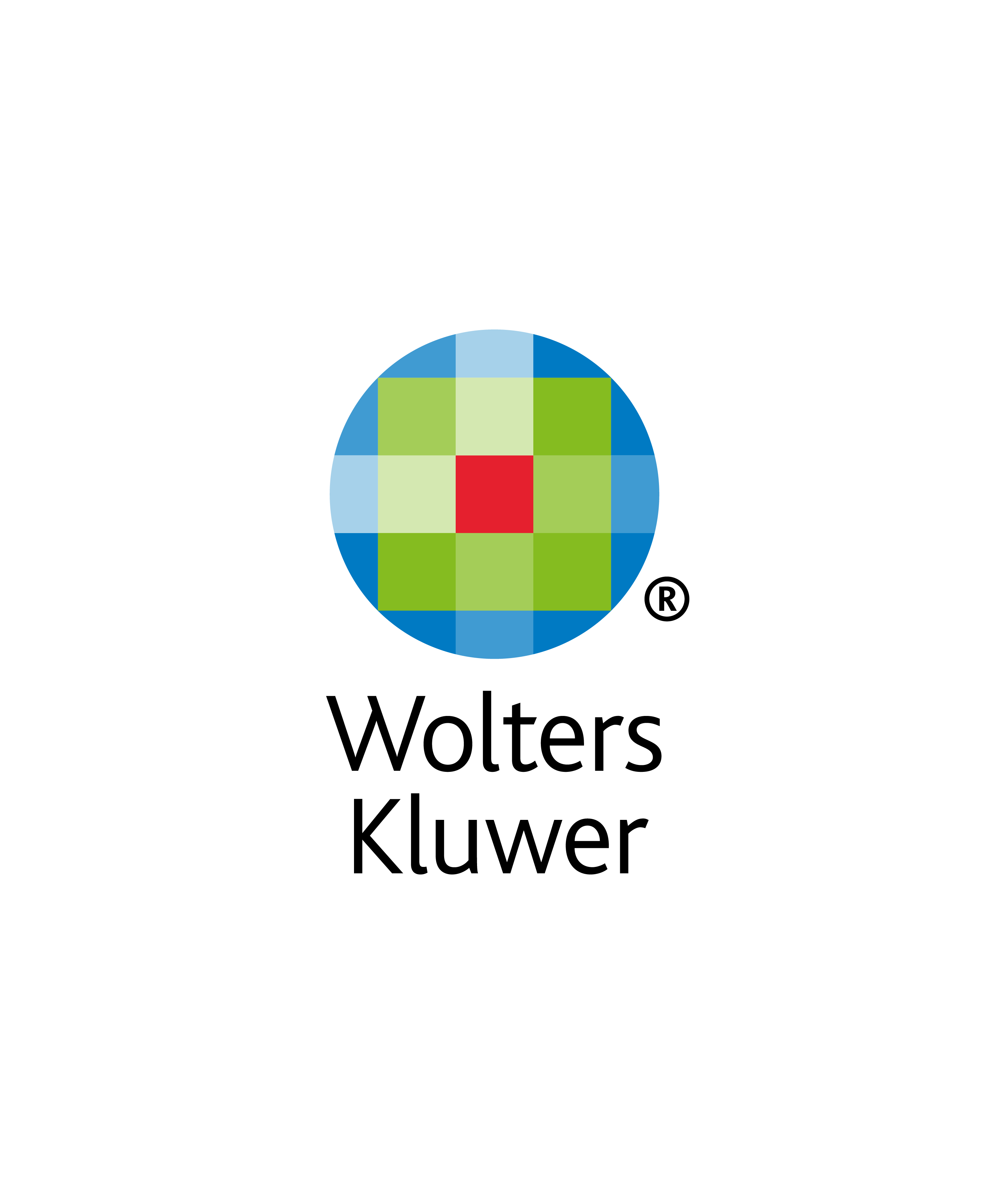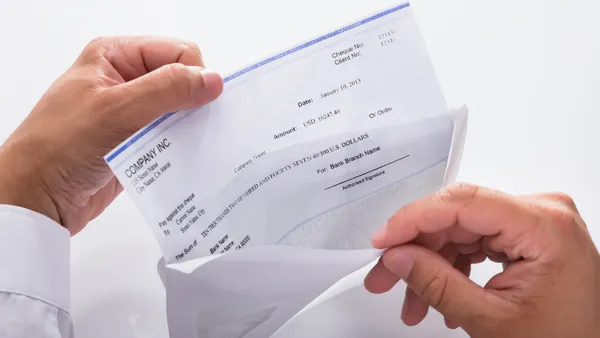Dive Brief:
- Fifty-six percent of U.S. corporate tax departments said they lack the resources needed to adjust to the pandemic, changes in taxation and other strains on their usual responsibilities, according to a Thomson Reuters Institute survey.
-
The global survey of 821 corporate tax departments found that most executives seek to close the resource gap by adopting new technology, which can reduce errors, ease compliance and save time and money.
-
“Unfortunately, these benefits are all too often not realized because many tax departments lacked the time, budget and skills to effectively deploy technology,” according to the survey report.
Dive Insight:
While addressing strains on their resources, corporate tax executives face the prospect of sweeping changes to U.S. tax laws.
The Biden administration, seeking to fund $2 trillion in infrastructure spending, plans to increase the corporate tax rate to 28% from 21% and the minimum tax on the foreign profits of U.S. companies to 21% from 10.5%.
Treasury Secretary Janet Yellen this month gained support from other members in the Group of Seven major industrial nations for a global minimum corporate tax of at least 15%. The Biden administration aims to win backing for the agreement from the Group of 20 at a meeting in Italy next month.
“Tax reform, specific tax workstreams, acquisitions and macro-changes related to politics and the economy are typical examples of demands on tax departments which, collectively, put a strain on resources,” the Thomson Reuters Institute said in its report on survey results.
Requiring work beyond a staff’s capacity imposes costs, the survey report said.
“Strained people start to become demotivated and can suffer from poor mental health over time,” according to the report. “It was therefore concerning that 29% of departments said they are planning to rely even more heavily on their existing team to deal with their resource challenges.”
The typical corporate tax department annually spends $100,000 on tax technology, according to the report. “Tax departments that described themselves as optimized or predictive departments spend an average of 20% of their internal budget on technology, almost twice the level of chaotic departments.”















